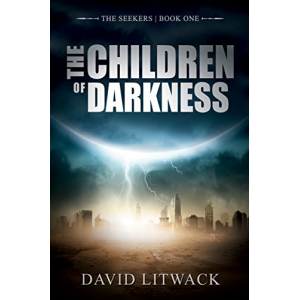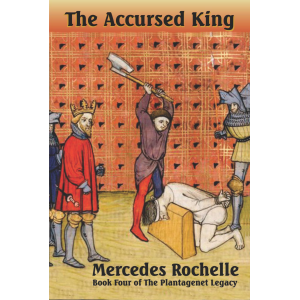- Author
- Book
- Story behind the book
- Media Links
- Reviews

Jeffrey Onorato
About
In 1968, at the age of 5, Jeffrey Onorato used construction paper and Elmer's glue to create what he believes was the world's first graphic novel, “Feelings in Baseball”. During his high school years he tried to woo girls he liked by penning them haiku poems however they were awful his attempts were largely unsuccessful. In 1982 while attending Lehigh University, Mr. Onorato wrote an award winning essay, "The Rapes of Grath" and followed it up in 1984 with another award winning essay, “Baseball is an Ass”. The seed for his debut novel, “The Sin of Addison Hall”, was planted in the fall of 1999 after a sobering visit to Auschwitz. Seven years later, writing primarily in overpriced coffee houses and Irish pubs, Mr. Onorato finished a novel that warns of the dangers of carnality. Mr. Onorato lives in Westchester County, NY with his wife and two young children.

Love Triangles: Discovering Jesus the Jew in Today's Israel
Description
<p>A Jewish woman’s unconventional quest to find Jesus in modern Israel<br /><br />With candor and an intimate knowledge of the Land and its people, Bobbie Ann Cole takes you on some intriguing time travel, such as to the ceremonial slaughtering of Passover lambs in the nearby temple as Jesus died on the cross.<br />Her moving and compellingly-written personal story of making Aliyah to Israel with her husband, Butch effectively interweaves Israel’s ancient and modern history with biblical references. She reveals the challenges that have faced Jewish believers from Peter and Paul on down to the present day, including her own. The underlying antagonism of her beloved Israel towards Messianic Jews leaves her sneaking around, keeping her true identity secret.<br />A blend of memoir, travelogue, historical document and investigative journalism, Love Triangles<br />is not about theological principals; it's about love.<br />Discover:<br />• How Jesus used Jewish festivals to underscore His message.<br />• The story of Jesus’ Bar Mitzvah.<br />• Why Jewish atheists may move to Israel but not believer Jews.<br />• Why Judaism rejects Jesus as Messiah.</p>
Story Behind The Book
Media Links
Reviews
Shari Goldhagen, Author of Family and Other Accidents, says, With echoes of Vonnegut, Jeffrey Onorato creates a vivid, chilling dystopia where beauty rules. What's even scarier is how close to home his world hits. --Direct from ARC review






